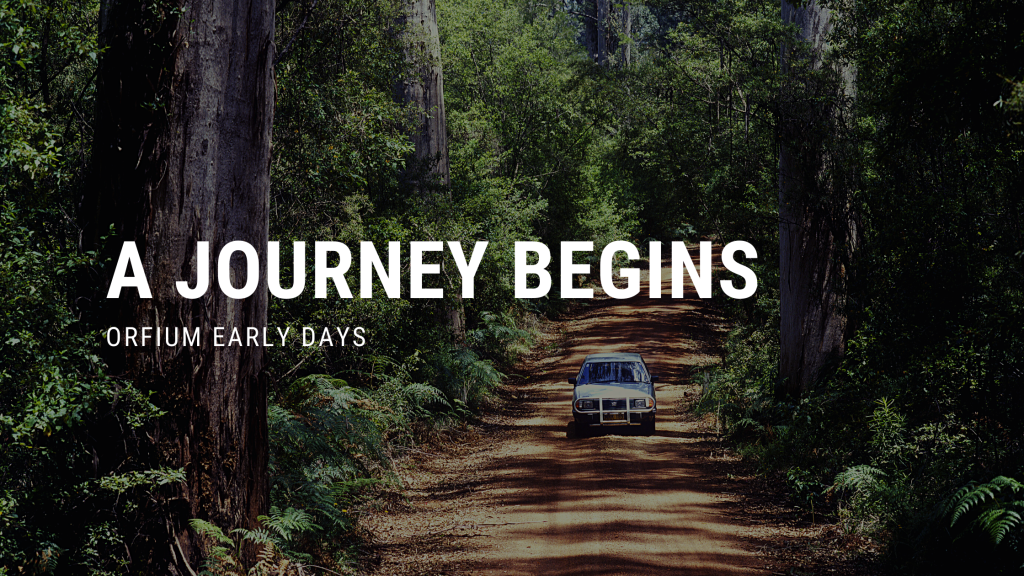Due to the proliferation of available public sector data sources and initiatives, the interlinking and combination of such datasets has become a topic of major interest within SME information managers. While more agile options for data integration are being requested, conventional methods of data integration are not feasible for use due to the massive size of available data. The current state of the latter data is also mostly unstructured, thus making it either unaccessible for SMEs, or else making the cost of utilizing such data unbearable for SMEs. This calls for tools that support users in the re-use of such data, whilst hiding the underlying complexity and allowing the re-use of existing software applications.
A Quick Intro
A nice Linked Data primer can be found on this useful blog post or you can go quickly through my following presentation.
A Workshop on Linked Data
Almost a month ago I attended a workshop on Linked Data organised by the Linda Project. Even though I already have a lot of experience with various tools on the area I could not expect what I see. They have created a super simple to use toolkit that you can find by simply following this link. They offer all the code as open source so that you can fork whatever repo you like!!
Obviously we wouldn’t even be here discussing about this nice tool if they did not offer everything already packed with many nice APIs.
Other Linked Data APIs
I tend to update this section as a reference for companies that utilise Linked Data through APIs as their core business value.
OpenCorporates
OpenCorporates’ mission goal is to aggregate every bit of company-related public data and match it to the relevant company.

Fin
Today’s information economy calls for enterprises and SMEs that are capable to rapidly extract valuable information from various data sources and transform them into intelligence in order to gain (or retain) their competitive advantage, forecast future conditions and transform themselves into intelligent based and information rich entities that are going beyond their traditional business practises, by exploiting opportunities that arise to the surface during the process of information retrieval and digestion.

In this context, information managers do hold a significant position in today’s enterprises, as they are responsible for the above-mentioned process. However, their daily activities are becoming more and more difficult and pressing, as the last decade an explosion in the delivery of public sector information data sources and initiatives has been recorded, following inconsistent patterns of publishing formats and data logic (semantics), creating a very fragmented field of work. The massive growth of available data has doomed conventional methods of data integration to fail while the complexity of processes within organisations ask for more agile options to link and mash-up data in a qualified way. Availability and matching of diverse data sources is today becoming more crucial and therefore the need for standards-based tools for the information management of SMEs is growing.
The Linked Data domain is promising to provide the answer to such problems, by creating the necessary infrastructure that will interlink these vast amounts of data.





Leave a Reply